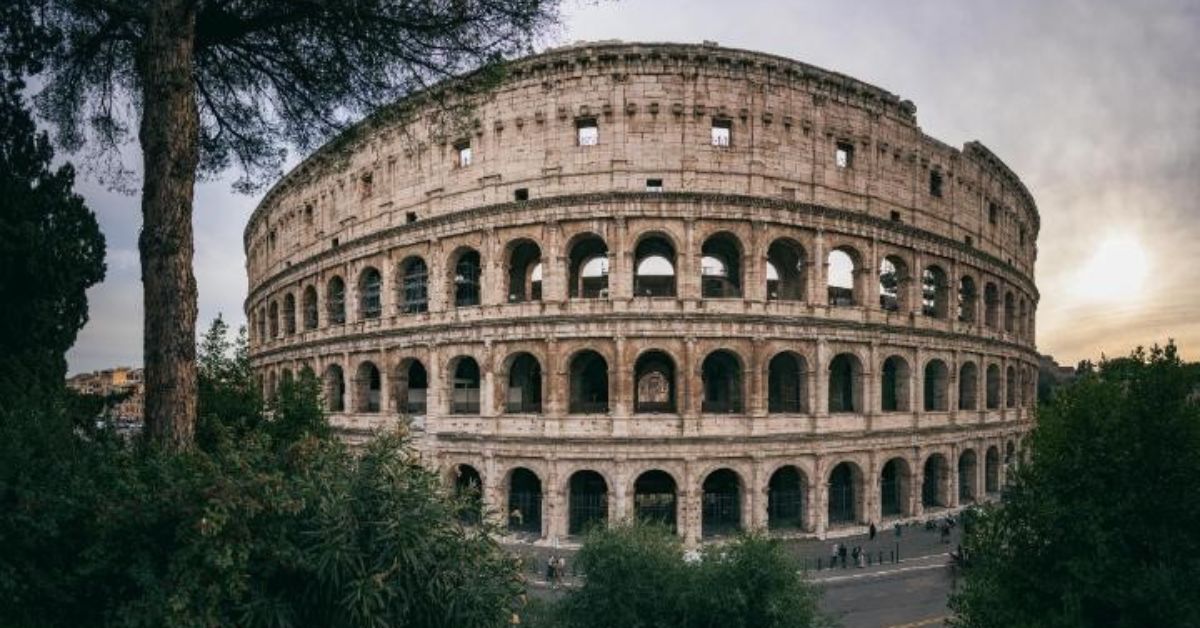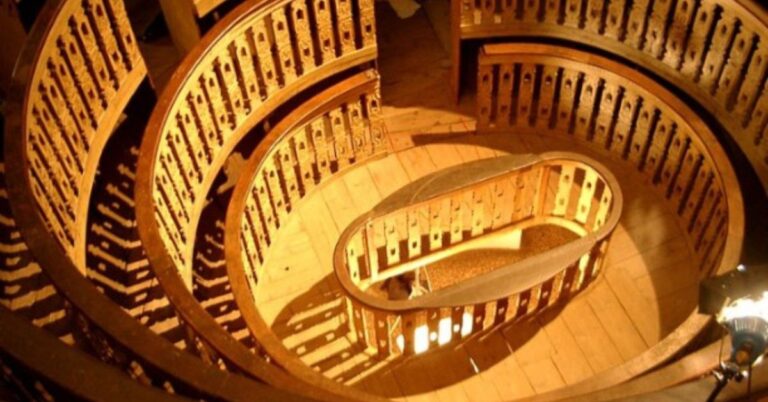5 Fascinating Finds from Ancient Rome

The Roman Empire is captivating today to history buffs and others thanks to its government, engineering, architecture, and influence on modern languages. Centuries after the end of the empire, we explore five fascinating artworks and buildings that offer a glimpse into ancient Roman society.
The Duenos Inscription

German archaeologist Heinrich Dressel is remembered for his 1880 discovery of the Duenos inscription. The trio of round vases, inscribed on the outer part, was created around the 5th to 7th century BC. Although there isn’t a universally acknowledged translation of the texts, the vase holds significance for its age.
The Lapis Niger
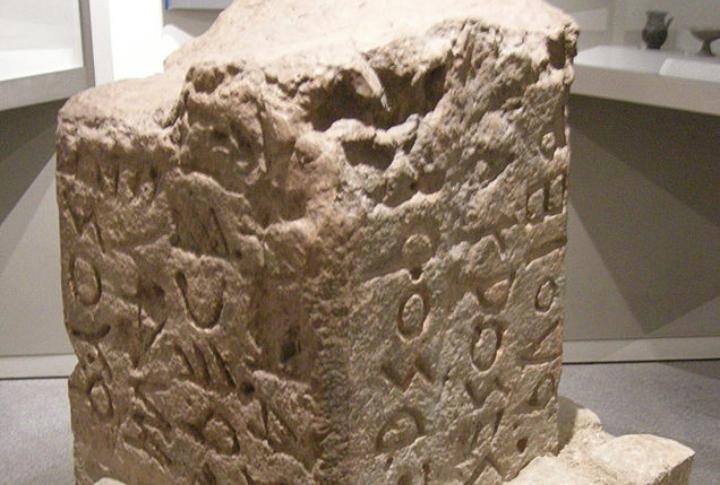
The Lapis Niger is a shrine located in the center of the ancient Roman city. While several items were unearthed from the site, the most significant is a stone block with old Latin inscriptions. The fifth-century text, commonly interpreted as a curse or law, has no consensus on its interpretation.
The Arch of Titus
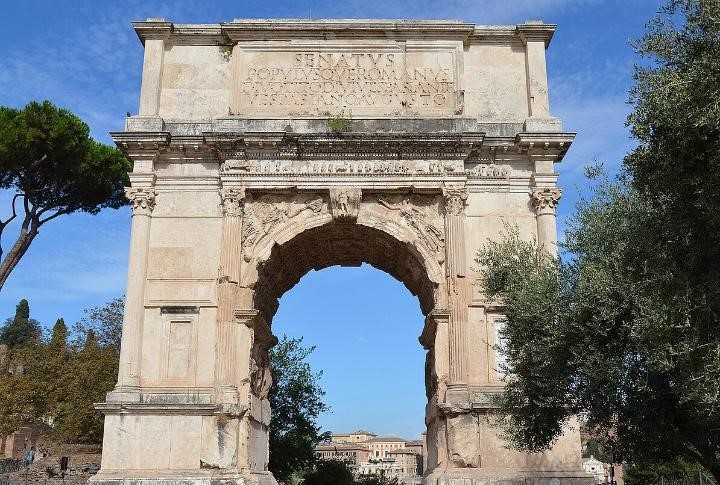
Another facet of ancient Roman art worth mentioning is the construction of honorific arches, such as the Arch of Titus. Emperor Domitian commissioned and constructed it, named after his late brother, Emperor Titus. Several centuries later, its inscriptions and decorative sculptures are visible despite its 50ft height.
The Pompeii Graffiti
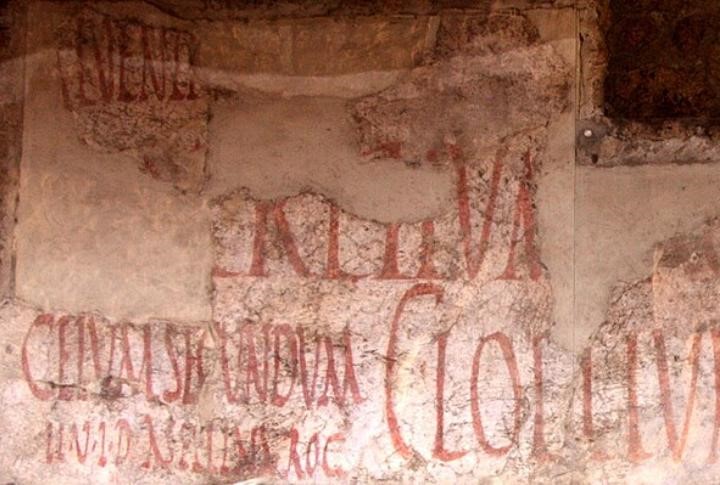
Pompeii Graffiti refers to around 11,000 pieces of graffiti uncovered in the city. Although the majority of the texts were discovered to be poems, some were advertisements, number games, and even drawings. The graffiti gives an insight into Roman life and their conscious preservation efforts.
The Circus Maximus
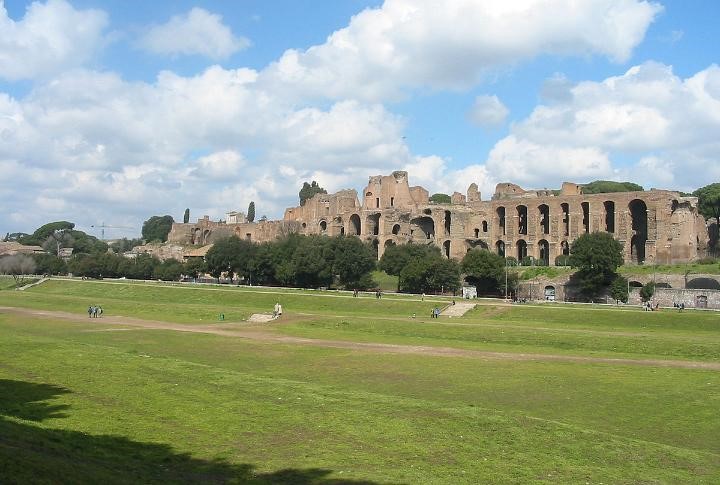
Circus Maximus is an ancient Roman stadium for chariot racing and entertainment. With a capacity of over 150,000 spectators, it was the biggest stadium in ancient Rome. Although it suffered decay from lack of use around the sixth century, it now serves as a park for various gatherings.
